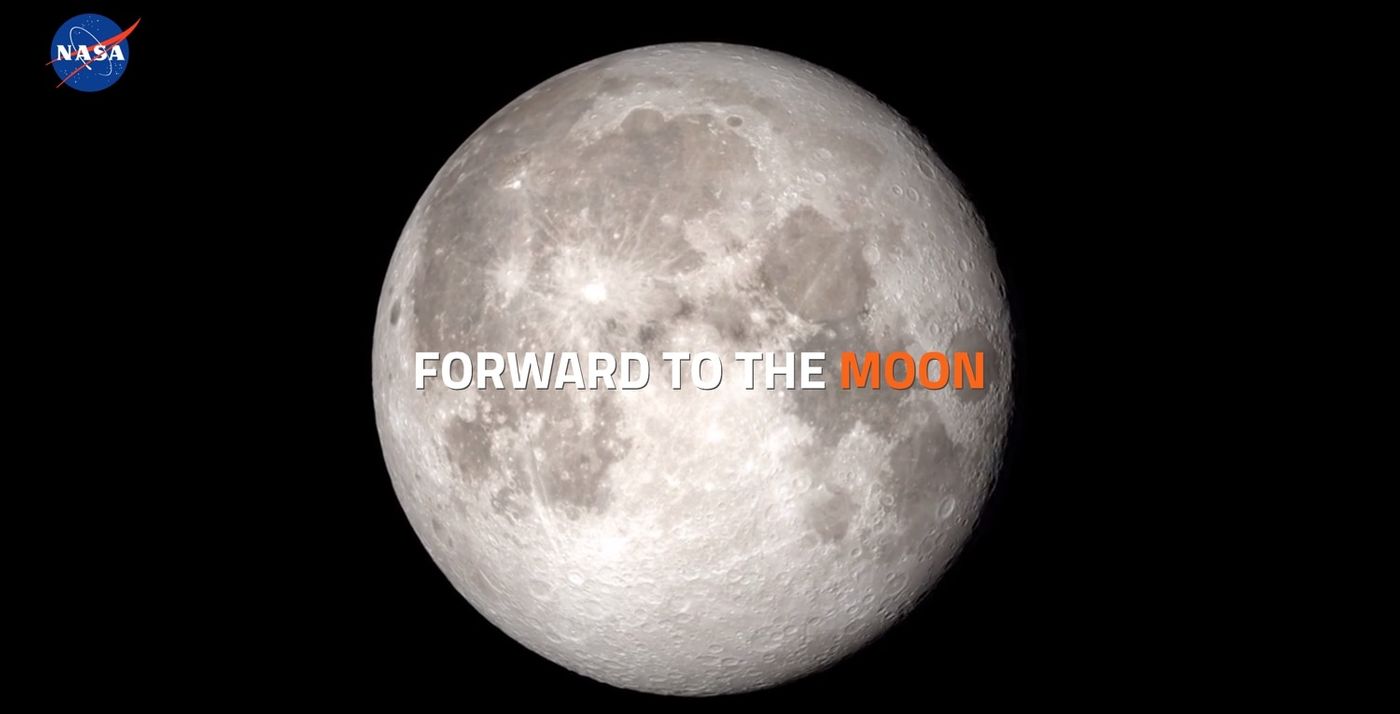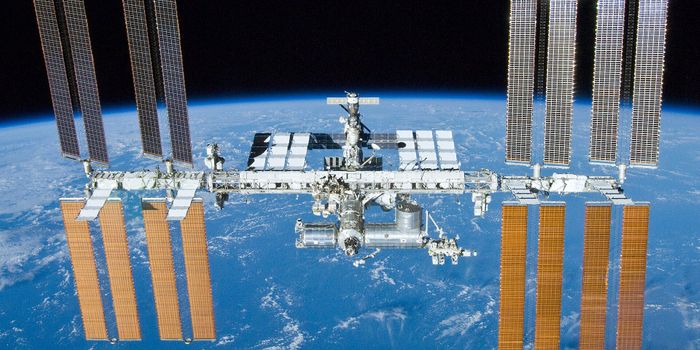NASA Outlines New Lunar Objectives
There’s been a lot of hype in the last couple of years about colonizing Mars and building a permanent scientific research base there that could bring humankind one step closer to becoming a multi-planetary civilization. But as most experts would agree, we’re still a long way away from achieving that goal, and perhaps the best place to begin learning is right here in Earth’s backyard; or more explicitly, the Moon.
Image Credit: NASA
NASA had put astronauts on the Moon’s surface before, specifically during the Apollo missions that transpired several decades ago, but those landings shouldn’t represent the be-all and end-all of lunar exploration. After all, those missions were relatively short-lived, and scientists still have many questions about our Moon that remain unanswered today. With that in mind, it makes sense to return the Moon because it would push science forward.
As it would seem, NASA concurs:
“We will go to the Moon in the next decade in a way we have never gone before,” said NASA’s acting administrator Jim Bridenstine. “We will go with innovative new technologies and systems to explore more locations across the surface than was ever thought possible. This time, when we go to the Moon, we will stay. And then we will use what we learn on the Moon to take the next giant leap - sending astronauts to Mars.”
Related: Russia wants to build a lunar base by the 2030s
In correspondence with this vision, NASA published a detailed outline on Tuesday regarding its plans to bring the Moon into focus throughout the next decade. The aforementioned outline encompasses each of the following proposed dates and goals:
- 2019 – Sending some of the first commercial equipment to the Moon to prepare for humankind’s return.
- 2020 – Demonstrate the capabilities of NASA’s Space Launch System (SLS) rocket and Orion spacecraft in a crewless manner via Exploration Mission-1
- 2022 – Fly astronauts around the Moon for the first time in five decades with NASA’s SLS rocket and Orion spacecraft via Exploration Mission-2
- 2022 – NASA will send the first component of the lunar-orbiting space lab called ‘Gateway’ to space
- 2023 – NASA will land a rover on the Moon to scout out potential resources for a science base on the lunar surface
- 2024 – NASA will use the SLS rocket and Orion spacecraft to fly astronauts to the lunar-orbiting Gateway
- 2024 – NASA will test a lunar landing system for landing astronauts on the Moon’s surface
- 2026 – NASA will demonstrate a crewless lunar landing to validate its capabilities and safety
- 2028 – NASA will transport astronauts from the Gateway to the lunar surface to conduct the longest moonwalk in history (7 days)
NASA draws much of its inspiration to revisit the Moon from the original Apollo missions, but the execution will be different this time around. The American space agency will utilize a reusable and sustainable architecture and summon the help of several acclaimed commercial partners to advance technology and scientific exploration more quickly than ever before. But perhaps most importantly, NASA wants to utilize the Moon’s resources to pave the way for permanent lunar settlement and apply everything we learn to similar missions that are being planned for Mars.
Related: Here's what it might take to build a full-fledged lunar base
Assuming NASA can meet all the deadlines mentioned above, humankind might get the chance to inhabit more than one space rock at a time. The new initiative will deploy and demonstrate all sorts of new technologies, including advanced new power systems, autonomous rovers and robotics, and the manufacturing of necessities from the resources available on the Moon.
Indeed, things look bright for the future of space research, and so it ought to be interesting to see how things play out.
Source: NASA









